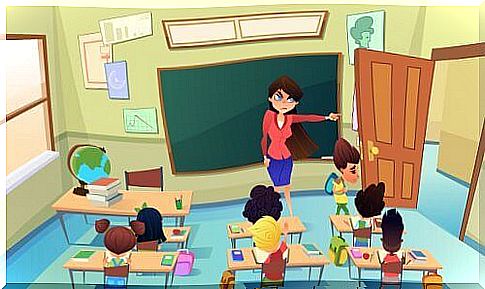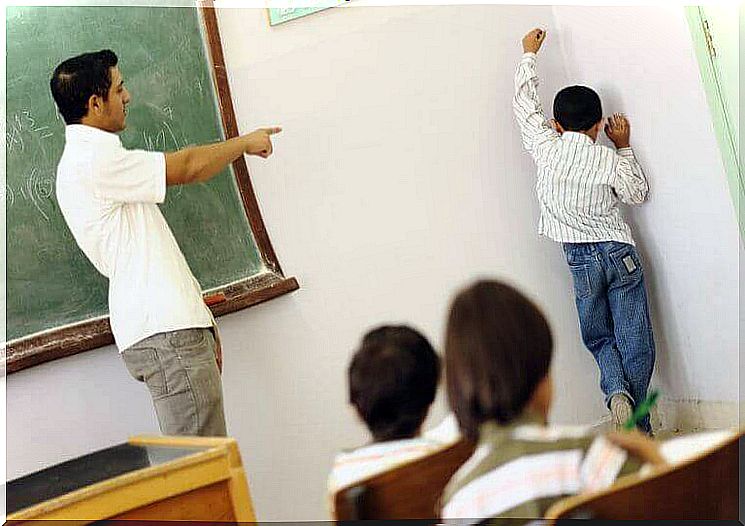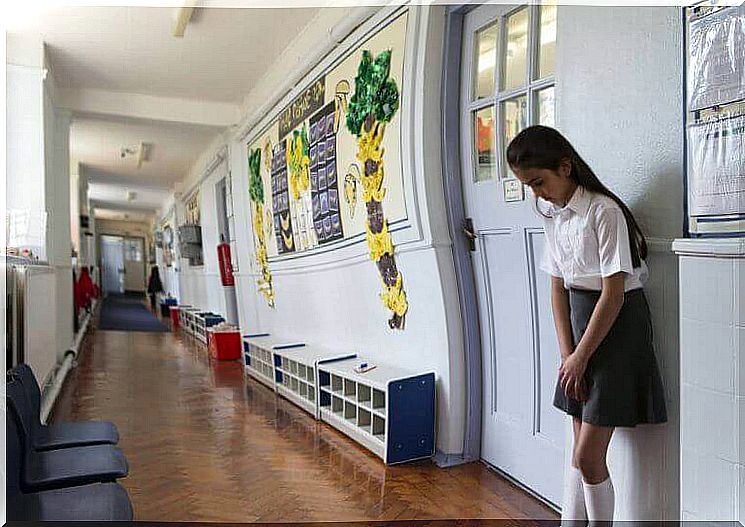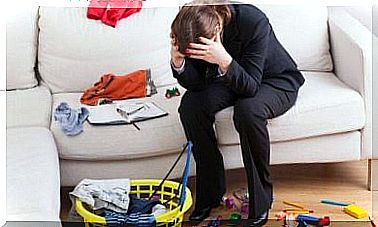Regulatory Measures In School Lessons And Lesson Management

Regulatory measures in school lessons should definitely be addressed during teacher training. Teachers not only need specialist knowledge, but also knowledge and skills for adequate lesson management.
Therefore, one of the most important parts of training future teachers is teaching them how to properly lead and lead a school class. Many studies have shown that students can learn better in an orderly and enjoyable environment. However, all children are different and therefore all react differently to punishment in class.
What kind of unproductive behaviors do you typically encounter during class?
We can divide unproductive and bad student behavior into three categories:
- Lighter disturbances
- Disinterested students
- Aggressive and anti-social behavior
Minor disturbances and disinterested students are the most common behavioral problems teachers face in class. Yet many teachers have difficulty preventing these disorders. Aggressive and anti-social behavior is rare in class.
Classic strategies of punishment in school lessons
For many years teachers have used two different strategies to prevent unproductive and disruptive behavior from students in class:
- Rewards that reward good and productive behavior.
- Sanctions or disciplinary measures in the classroom to punish or discourage students for disruptive behavior in class.

It wasn’t that long ago that teachers in the United States physically punished students in class. That actually happened just a few decades ago. After corporal punishment was no longer allowed in schools, teachers began to use other educational and regulatory measures in the classroom.
This is a sequence of different measures that are designed differently depending on the severity of the disorder. Typically, these measures are applied to any type of student misconduct.
- The staggered measures usually begin with a warning to the student.
- If this is unsuccessful, the student will be sent out of the classroom for a period of time.
- After that , the students have to go to the principal or his deputy.
- If the behavior of the student concerned does not change, the last action taken is to suspend the student from class or expel him from school.
Since teachers can continue with the class, this approach makes sense. The other students can also continue to study. However , this approach neglects one essential aspect: the cause of the problem.
What are the consequences of these regulatory measures?
The “problem” students often find it difficult to continue studying after they have been excluded from class. In addition, it is difficult for them to familiarize themselves with the subject matter again.
The question therefore arises: How can we avoid misconduct and the resulting regulatory measures? The teachers have also found that regulatory measures that exclude students from class and can no longer study are often ineffective. In addition, these experiences are supported by scientific studies.
Evidence shows that such regulatory action (e.g. temporarily removing a student from class) does not solve the problem. In addition, the studies found that these measures can make the problem even worse.
Prevention is the best way to avoid disciplinary action in class
Hence, it is crucial to focus on prevention. If the classroom, curriculum, available resources, and teaching methods are appropriately designed, then students will become more interested in the classroom. And then you won’t bother it anymore.

Therefore, future teachers should also learn techniques during their studies and further training with which they can design the lessons in an appealing and structured manner. Since most disruptions are caused by disinterested students and are usually not severe, it is important to take preventive measures to prevent these disruptions from occurring in the first place.
Therefore, teachers should develop teaching methods that will help prevent and prevent these problems as much as possible. Because that is definitely better than trying to change the behavior of the students.
Therefore, teacher training must focus on providing them with approaches, skills and strategies to deal with disruptive behavior in an educational and supportive manner. However, teachers should primarily focus on preventing these disorders.









